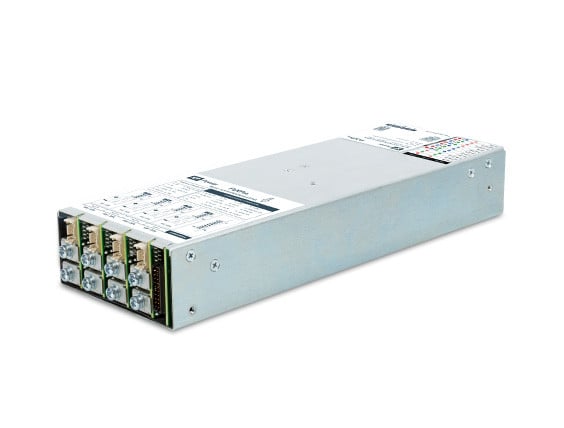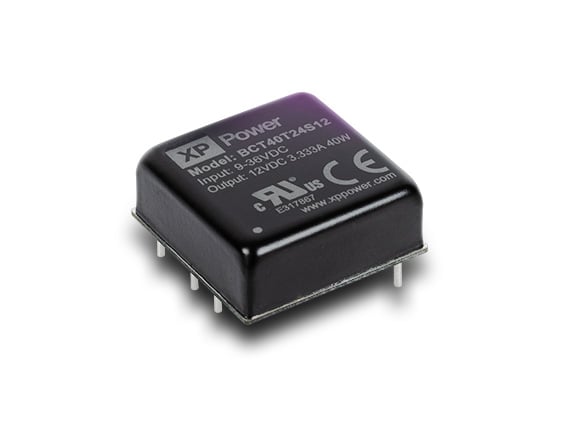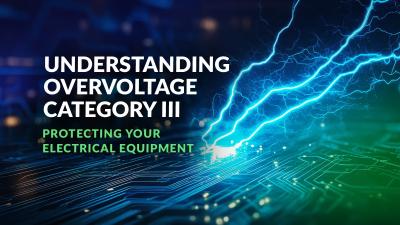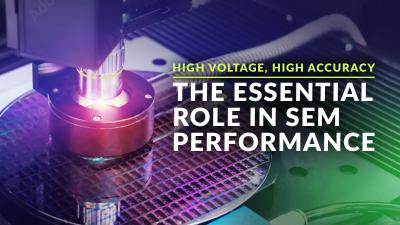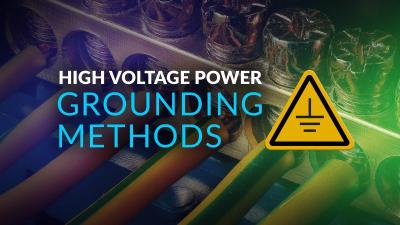
Our Sr. Product Manager for High Voltage shares six critical design principles that ensure trouble-free operation.
Overview
- High voltage power supplies demand meticulous design and manufacture
- Longevity and reliability are key in critical and harsh operating environments
- We share what we’ve learned at the sharp end when troubleshooting and repairing
Long term reliability and smooth operation in harsh working environments form the holy grail of high voltage power supply design.
For today’s compact and miniaturised power supplies, the design and manufacturing process is even more challenging, requiring rigorous expertise and precision. The stakes are high if the end product doesn’t meet these demanding standards.
High voltage is like a caged animal; it never stops trying to escape
Taming and controlling it is the job of the high voltage engineer or physicist. They have at their disposal a host of insulating systems and materials. The key is to select and specify the right ones, to avoid breakdown and failure in real-world operation.
Like me, you were probably taught in school that materials were either conductors or insulators. Air was said to be an insulator. But lightning proves that air is not always an insulator… it’s complicated. Welcome to the world of high voltage!
6 design flaws that you won’t find in a high-quality power supply
Throughout my career, I’ve been involved with miniature high voltage design and higher voltage applications and learnt a lot about the failures that can occur long after the typical warranty period had passed.
Designing and building a high voltage power supply that survives for years beyond that is an exacting art. Here are six pitfalls that high calibre power supplies are designed to avoid.
1. Poorly chosen insulation
To achieve reliability, you need to account for the thermal cycling that can occur in a power supply. Temperature changes can damage insulation materials. These materials need to be compatible, with similar thermal expansion coefficients and resistance to mechanical stresses.
2. Casual treatment of insulation
Poor adhesion, age-induced brittleness due to loss of plasticizers, excessive temperature swings, exposure to UV radiation, corona, ozone, mineral oil and harsh PWB cleaners and solvents can lead to premature failure due to insulation damage. The damage could happen during manufacturing or in subsequent operation.
3. Leakage currents
The combination of material properties, environmental factors and product design can create unplanned side effects. Leakage currents may increase over time: eventually, this can result in a hard-arc and catastrophic failure. Excessive leakage currents may create errors in high impedance feedback circuits, causing voltage drift and stability issues over time and with changes in temperature.
4. Moisture absorption
FR4 PWB substrates can be particularly vulnerable to contamination and absorbed moisture, which lowers the glass-transition temperature (Tg) of FR4. This can make the assembly susceptible to failure in dynamic thermal conditions.
5. Manufacturing process errors
Impurities, incorrect fillers or incomplete cure in encapsulation systems can cause excessively high leakage currents that are non-linear and erratic over time and temperature, potentially destabilizing the high voltage system. High voltage circuits are particularly vulnerable to electrochemical migration.
6. Filament and dendrite formation
Moisture can lead to ionic corrosion, forming conductive filaments. Dendrite growth may occur from the redistributed metal ions. High voltage stresses accelerate these electro-chemical processes (though tin whiskers can form without the presence of an electromagnetic field). Crystalline microstructures created by ionic migration create very high voltage gradients and electric field intensities, which may lead to premature breakdown between voltage nodes.
Summary: for trusted, long-lasting performance in critical applications, make sure your high voltage power supplies are designed and built for smooth and reliable operation even under harsh operating conditions.
Proper design and manufacturing controls for high voltage power supplies are critical: for longevity and consistent performance, they need to exceed documented industry standards.
-EDN (2016) Designing for reliability in high voltage applications. Available at: https://www.edn.com/designing-for-reliability-in-high-voltage-applications/ (Accessed: <27 January 2021>).
-Doherty, M (2018) Designing for reliability in high voltage applications. Available at: https://vepacelectronics.co.za/index.php/docman/technical-articles/320-designing-for-reliability/file (Accessed: <27 January 2021>).
Choose products from our high voltage power solutions for safe and reliable long-term performance even in tough working environments.
